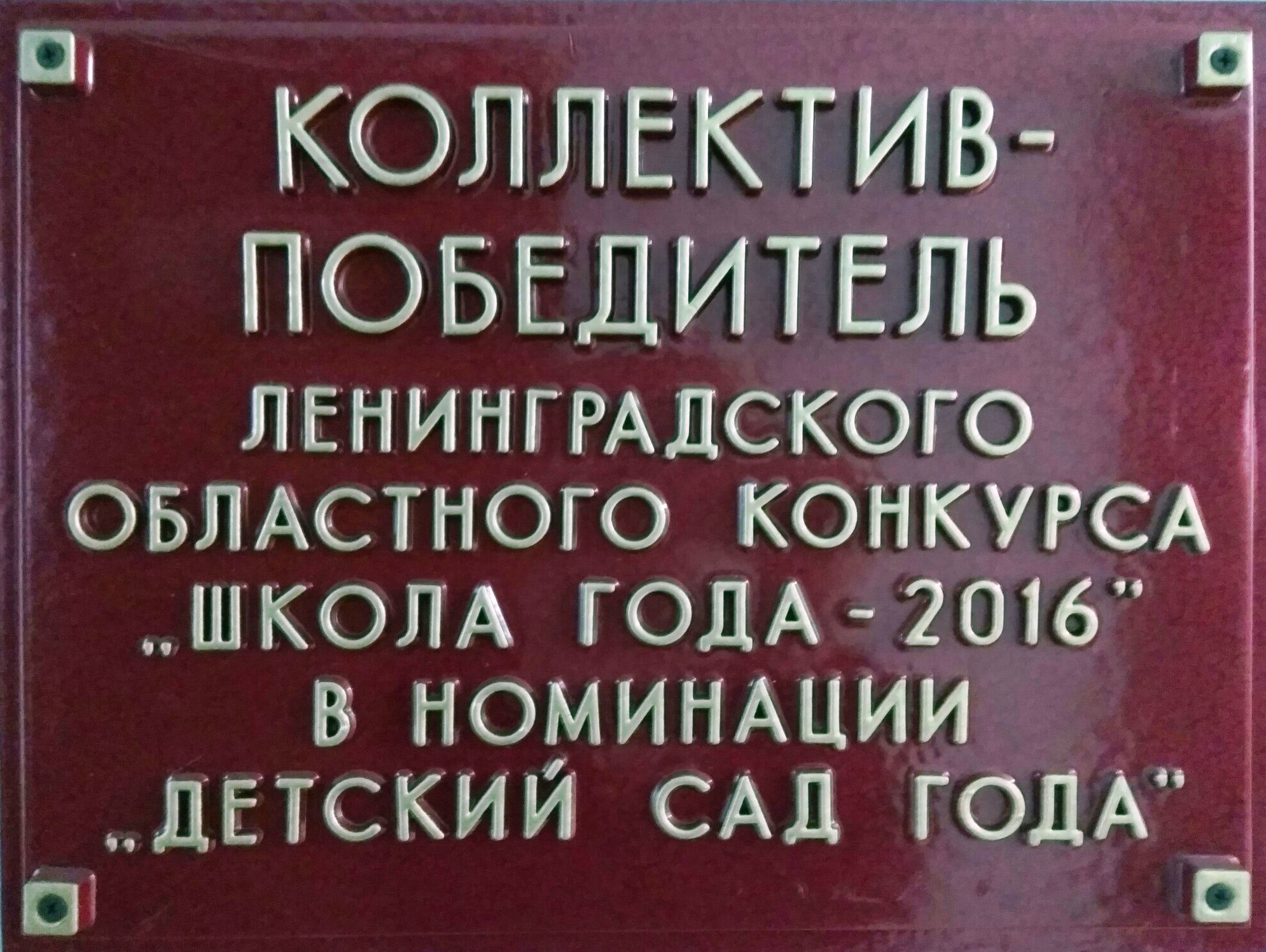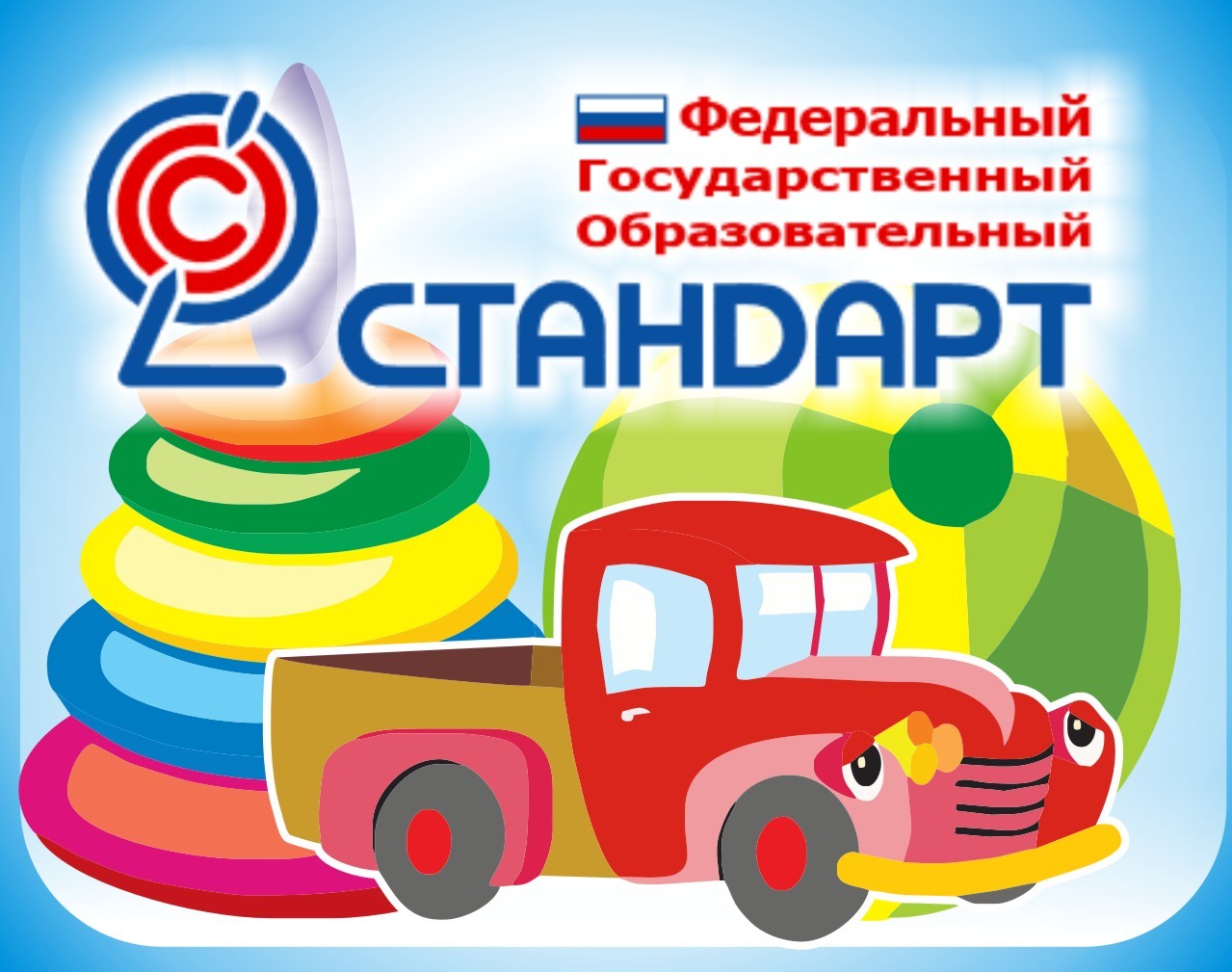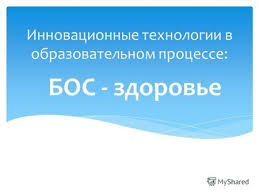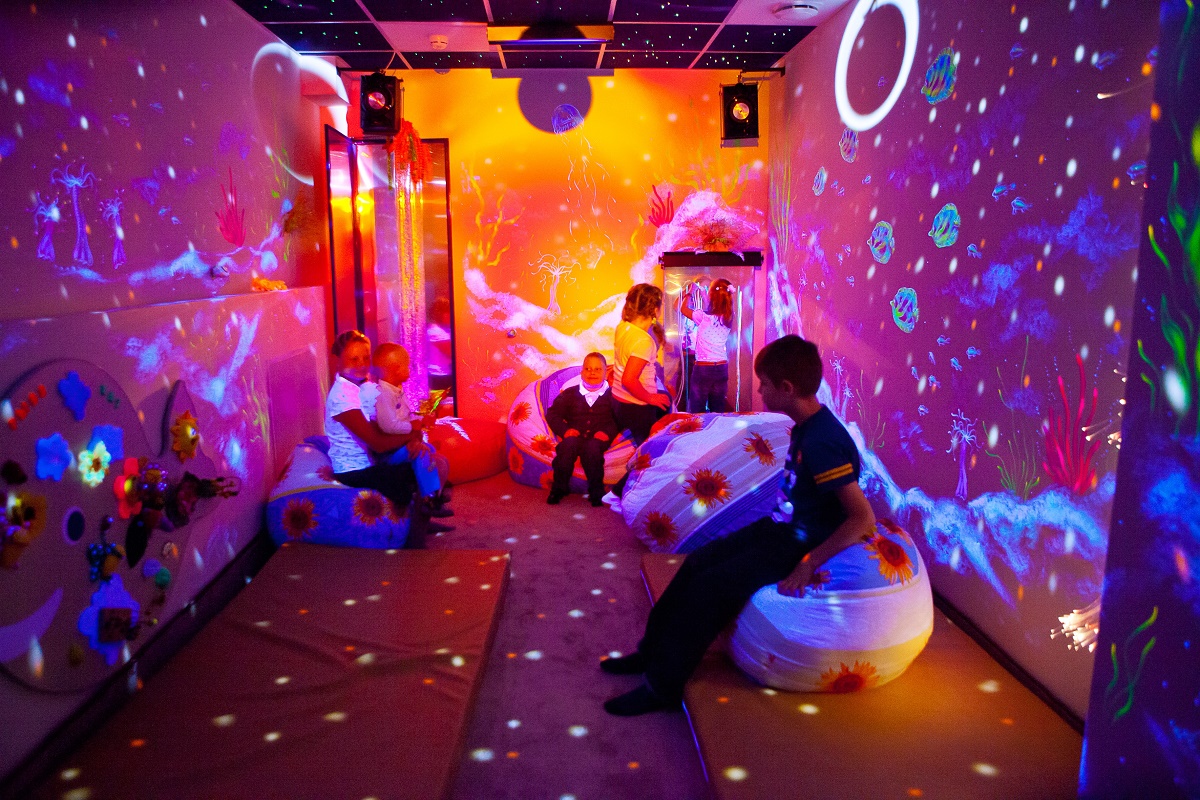Sonia Ellis-Seguin and Brian Seguin, a Toronto few whom came across through shared buddies years back, finally linked at Caribana in 2005 and wound up getting having and married a son together.
Photograph by: Handout , CNS
A lot more than 340,000 young ones in Canada are growing up in mixed-race families, a report that is new Statistics Canada reveals, and also the amount of blended unions keeps growing far more quickly than compared to other partnerships.
More and more blended ethnocultural unions and worldwide adoption mean five % of young ones in two-parent families in Canada now reside in diverse households, stated Anne Milan, senior analyst and co-author of this report, released Tuesday.
«There’s near to 294,000 kiddies which have mixed-union moms and dads,» she stated. «and in case you appear at a mixed-family concept where a minumum of one individual within the family — not necessarily the parents — is an obvious minority as well as least one is perhaps not, or there is two various noticeable minorities, it is over 340,000 kids which are for the reason that sorts of a mixed-family situation.»
The 2006 census counted 289,400 blended common-law and married people involving one noticeable minority and another non-visible minority or a couple from different noticeable minority groups.
The sheer number of blended unions swelled by 33 percent involving the 2001 and 2006 census counts, growing five times faster compared to the average for several partners. Milan stated the quick development in the quantity of blended couples is paralleled by a broad increase in Canada’s noticeable minority populace https://hookupdate.net/christian-cafe-review/, which expanded 27 % for the reason that period that is five-year.
Of Canada’s blended couples, about 86 % had been comprised of one noticeable minority individual and someone that is perhaps not section of a minority that is visible. While partners composed of folks from two various minority that is visible are less frequent and account fully for just 0.6 percent of most partners in Canada, their ranks are growing even faster, increasing by 50 % between 2001 and 2006.
Statistics Canada makes use of the Employment Equity Act concept of noticeable minority, that will be «persons, except that Aboriginal Peoples, that are non-Caucasian in competition or non-white in color.» This can include Chinese, South Asians, blacks, Arabs, western Asians, Filipinos, Southeast Asians, Latin Americans, Japanese and Koreans.
«We saw that the longer some body have been in Canada, the higher the percentage that has been in a mixed union,» said Milan.
Among first-generation noticeable minorities, or those born outside of Canada, 12 % of the combined down were in blended unions, but second- and third-generation noticeable minorities in Canada are actually more prone to marry outside their group that is ethnocultural than it. Fifty-one per cent of second-generation minorities that are visible those that had been created in Canada but have at least one moms and dad created away from country — have been in blended unions, since are 69 % of third-generation noticeable minorities whoever parents had been created in Canada.
Sonia Ellis-Seguin’s moms and dads had been both created in Jamaica and immigrated to Canada before she came to be. Whenever she came across Brian Seguin through shared buddies in the past, she stated, she was not enthusiastic about an interracial relationship and had been alternatively looking forward to «the Denzel» to show up.
The two finally clicked at Toronto’s Caribana festival in 2005 after several chance encounters over the years. These people were hitched in 2008 and from now on have 14-month-old son, Simon Peter, in addition to shared custody of Seguin’s two sons from the past interracial marriage.
«I’m actually happy I happened to be in a position to see beyond the things I initially thought would definitely be my high, dark and handsome. I acquired my high, reasonable and handsome,» Ellis-Seguin, 38, said laughing. The Toronto couple ended up being showcased on Crazy For enjoy, a show airing on Vision TV profiling mixed-union couples in Canada.
Her daddy insists Seguin is actually Jamaican as a result of their admiration of her family members’ music, tradition and life style, she stated, and she reminds her spouse that kids will face societal that is different because their epidermis colour is darker than their.
«We as moms and dads have actually to be familiar with that and show our youngsters how culture will probably see them and whatever they require to create to society as being a adding user,» she stated. «It is various, regrettably. And even though we state we have come far, culture nevertheless has its dilemmas.»
Mixed unions are mostly «an metropolitan phenomenon,» Statistics Canada reported, with 5.1 percent of partners in Canada’s major towns and cities in blended unions, when compared with 1.4 percent of these in rural areas and little towns. Nonetheless, Milan stated as soon as the analysts calculated how many blended unions in line with the percentage of visible minorities staying in different cities that are canadian interesting exceptions emerged in smaller centers.
Cities such as for example Saguenay and Trois-Rivieres, Que., Quebec City, Moncton, Saint John, N.B., Thunder Bay and Barrie, Ont., all have actually tiny minority that is visible but 40 % or even more of these coupled-off noticeable minority residents have actually partnered with individuals outside their team.
«section of that is because if you should be section of a tremendously little team, the probability of you fulfilling somebody outside that team are probably just a little bigger,» Milan stated.
Findings for the Statistics Canada report:
— Japanese had the greatest proportion of marrying or partnering outside their visible minority team, with 75 % of these coupled down picking a non-Japanese partner. Next are Latin Americans at 47 per cent, blacks at 41 % and Filipinos at 33 percent.
— Mixed unions had been most typical into the 25-to-34 age bracket (6.8 percent), followed closely by individuals aged 15 to 24 (5.8 %). Into the 55-plus audience, just 1.9 percent of partners are of various ethnocultural backgrounds.
— Educated folks are more prone to take blended unions. Simply 1.8 percent of these with a twelfth grade training|school that is high had been in mixed unions, when compared with 4.8 percent with post-secondary training and 6.4 % by having a college level.
— Education is connected to earnings, and median family members earnings had been almost $5,000 higher for partners in blended unions ($74,670) than non-mixed partners ($69,830).
— blended partners are more inclined to be common-law than hitched, with 4.9 percent of common-law unions including blended partners, in comparison to 3.6 percent of these lawfully hitched.
— an elevated percentage of same-sex partners had been in blended unions, with 9.8 percent of same-sex couples being mixed, when compared with 3.8 % of opposite-sex couples.
— Provincially, British Columbia gets the biggest percentage of blended partners, at 5.9 percent, while Ontario has 4.6 % and Alberta 4.2 percent.
— Among Canadian urban centers, Vancouver gets the biggest share of blended partners, at 8.5 %, followed by Toronto with 7.1 percent and Calgary with 6.1 %.









